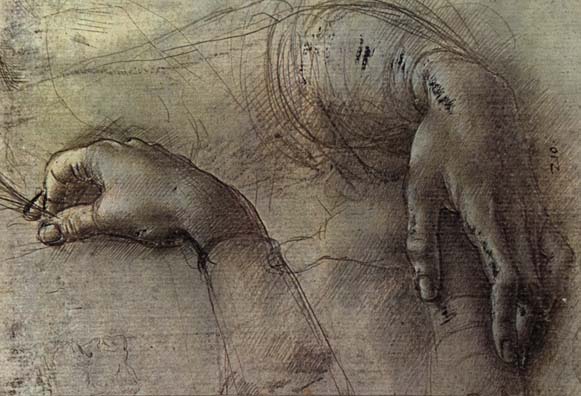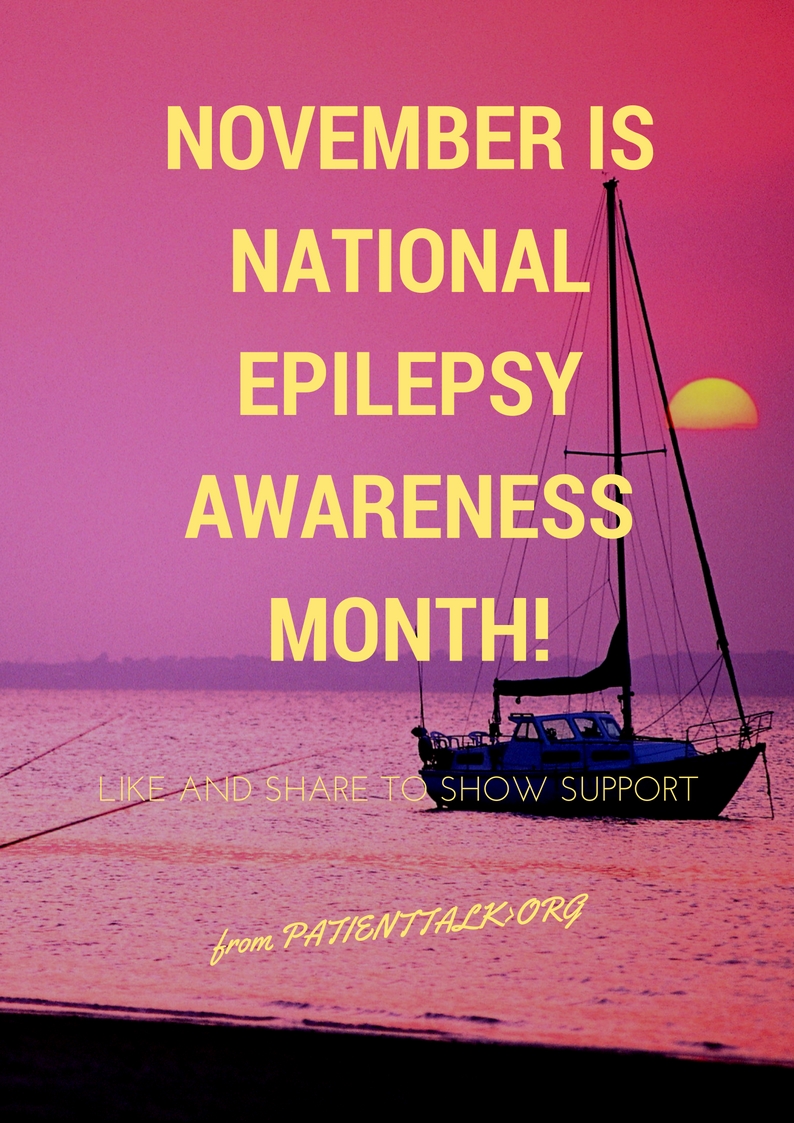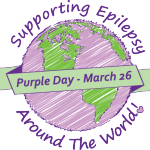Dupuytren’s contracture (Dupuytren’s disease) is a condition that affects the hands and fingers. It causes one or more fingers to bend into the palm of the hand. It can affect one or both hands, and sometimes affect the thumb.
Dupuytren’s contracture occurs when the connective tissue in the palm thickens. Often the tissue thickens in one small area first and a “nodule” forms (a small, hard lump about 0.5-1cm) under the skin of the palm. The nodule sometimes feels tender to begin with, but this usually passes. More nodules may then develop.
Over time, the nodules can extend and form cords of tissue. These cords can shorten (contract) and, if the cords run along a finger or thumb, they can pull it, so it becomes bent towards the palm. These contractures are often mild and painless, but they can get steadily worse over time.
Read more about the symptoms of Dupuytren’s contracture and diagnosing Dupuytren’s contracture.
Why it happens
The exact cause of Dupuytren’s contracture is unknown, but it’s thought to be related to your genes, as it often runs in families.
If you have the gene that causes Dupuytren’s contracture, other factors such as diabetes, smoking and certain medications (for example, medication for epilepsy) may activate the condition. However, it’s not clear how significant these factors are.
Read more about the causes of Dupuytren’s contracture.
Who’s affected
Dupuytren’s contracture is fairly common. It can affect both sexes, but affects men more than women. The condition usually occurs during later life, although cases have been reported in children. Most cases occur in men over 50 and women over 60.
The condition seems to be more common in people of North European descent. It’s thought the gene associated with the condition was brought to the UK by the Vikings.
Preventing Dupuytren’s contracture
As the exact cause of Dupuytren’s contracture is unknown, it may not be possible to prevent the condition.
However, if you’re at risk of developing the condition – for example, if you’ve had it in the past, or if you have a family history of it – stopping smoking (if you smoke) may reduce your risk.
Treating Dupuytren’s contracture
Many cases of Dupuytren’s contracture are mild and don’t need treatment. Treatment may be helpful if the condition is interfering with the normal functioning of your hand.
Non-surgical treatments include radiation therapy and injections with a medication called collagenase.
Alternatively, a minor procedure that involves using a needle to cut the contracted cord of tissue (needle fasciotomy) may be used in the early stages of the condition.
In more severe cases, surgery can help to restore hand function. The two most common surgical techniques are:
open fasciotomy – where the shortened connective tissue is cut to relieve tension
fasciectomy – where the shortened connective tissue is removed
Surgery for Dupuytren’s contracture can’t always fully straighten the affected finger or thumb, and the contracture can recur after surgery. If a contracture does recur, further surgery may be possible.
Having surgery to remove the first nodule that appears won’t stop the condition from progressing, as this won’t stop the condition occurring elsewhere in the palm. It’s usually best to avoid surgery until a contracture develops that interferes with use of the hand.
Read more about treating Dupuytren’s contracture and recovering from Dupuytren’s contracture surgery.
Ongoing research
Some other treatments have been suggested for Dupuytren’s contracture, but there’s currently not enough medical evidence to support their use.
For example, the National Institute for Health and Care Excellence (NICE) doesn’t recommend the use of vitamin E cream or ultrasonic therapy. Trials into other possible treatments are under way.
Dupuytren’s contracture often runs in families and genetic research hopes to identify the genes responsible for the condition. This could lead to the development of treatments that prevent contractures occurring in the first place.




